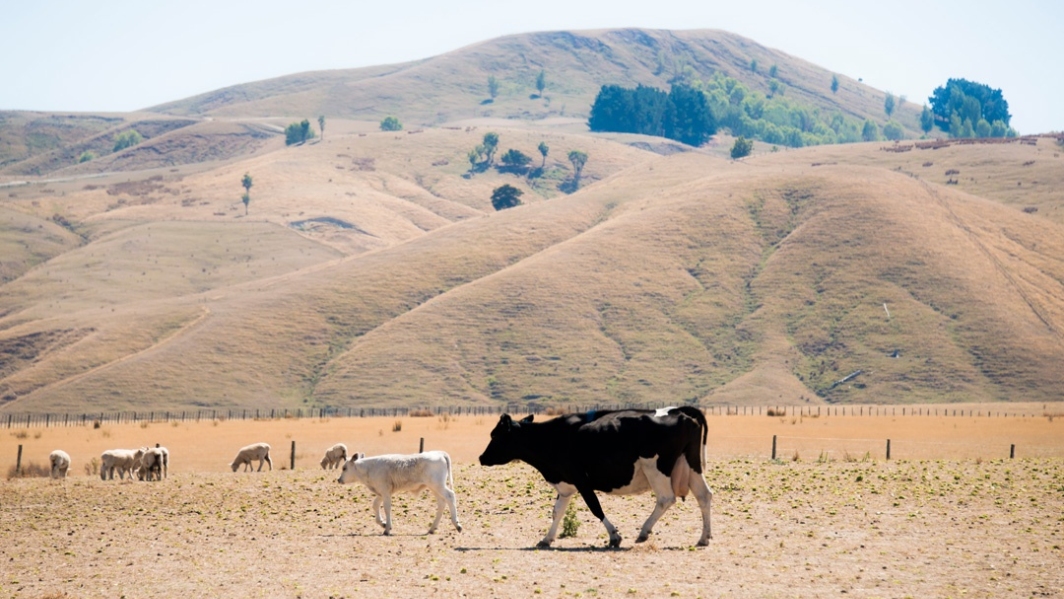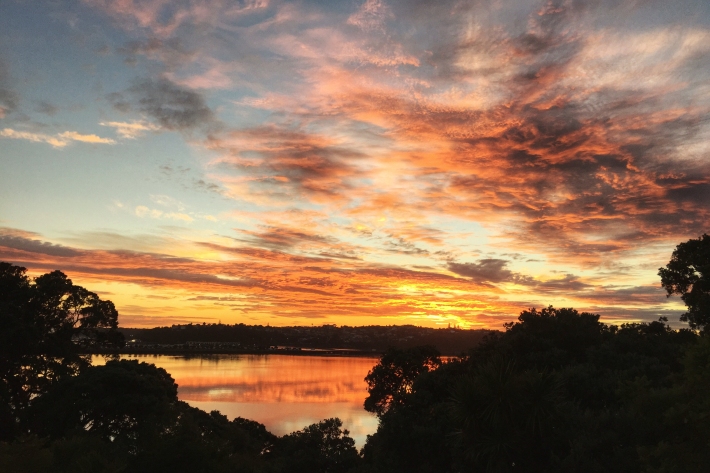-
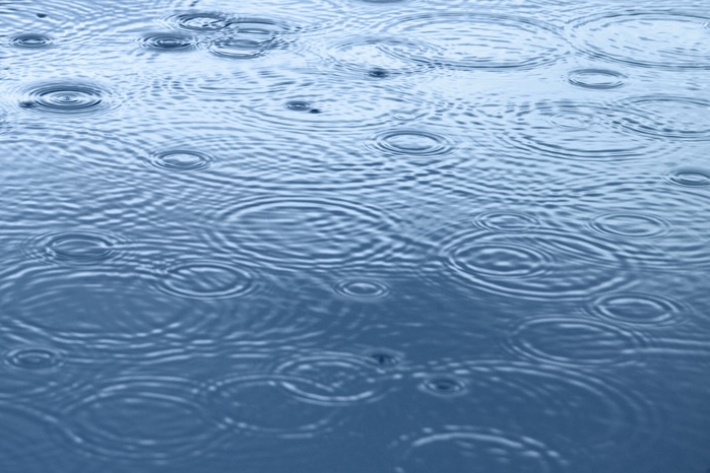
South Pacific Rainfall Atlas
The South Pacific Rainfall Atlas (SPRAT) is a project that was supported by the National Oceanic and Atmospheric Administration (NOAA) to use the NIWA rainfall database and generate rainfall anomaly maps at the station and island group level for the Pacific Islands. -
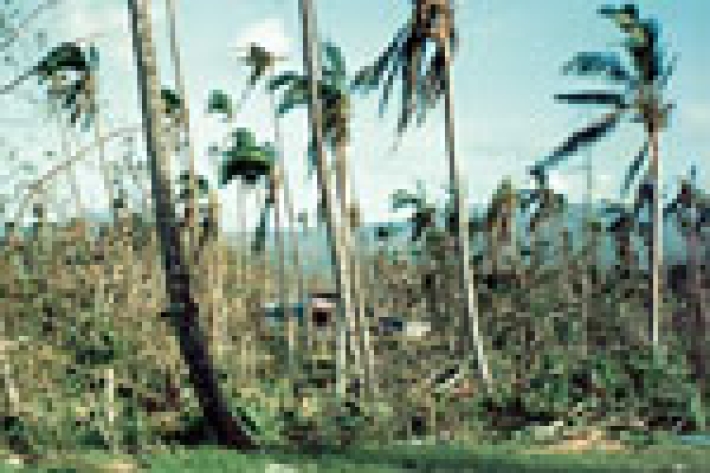
Interdecadal Pacific Oscillation
The Interdecadal Pacific Oscillation, or IPO, is a large-scale, long period oscillation that influences climate variability over the Pacific Basin. -
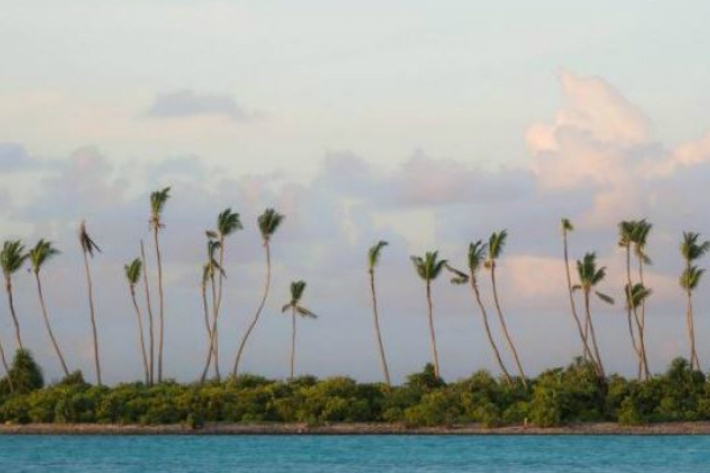
Madden-Julian Oscillation
The Madden-Julian Oscillation (MJO) is the largest element of the intraseasonal (30-90 day) variability in the tropical atmosphere. -
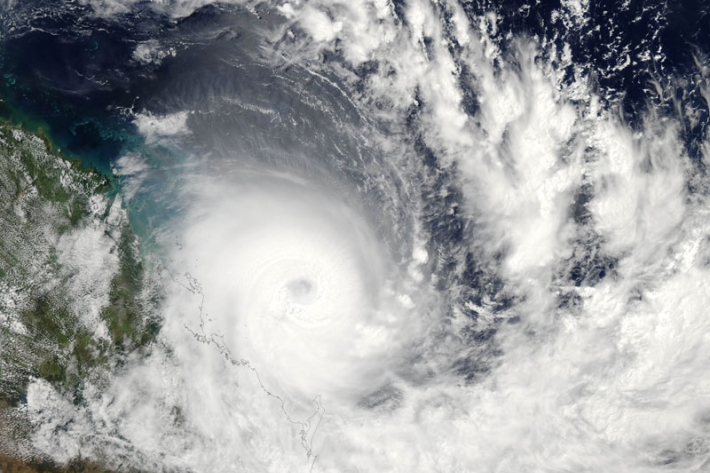
Tropical Cyclones
Tropical cyclones are tropical storms that are characterised by a low pressure centre, strong winds, and thunderstorms that produce heavy rain. -
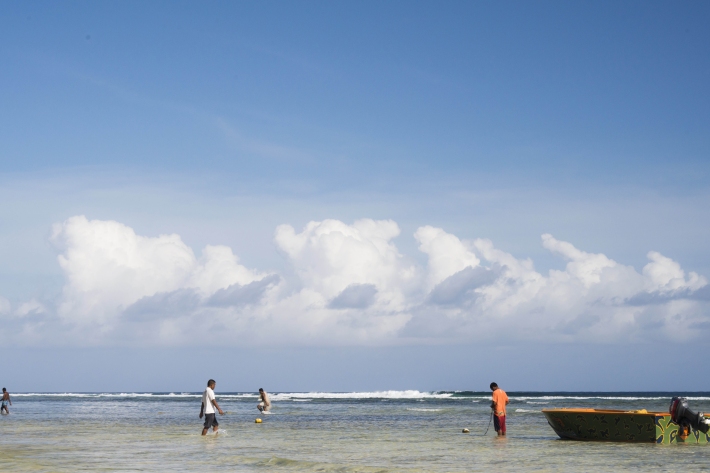
South Pacific Convergence Zone
The South Pacific Convergence Zone is a band of convergence that splits from the Intertropical Convergence Zone and Western Pacific Warm Pool at the maritime continent and extends southeast as far as the Cook Islands. -

El Niño-Southern Oscillation
The El Niño-Southern Oscillation (or ENSO) refers to the effects of a band of sea surface temperatures which are anomalously warm or cold in a quasi-annual cycle that develops off the Pacific coast of South America and impacts climate and weather across the tropics and subtropics. -

NIWA's Hotspot Watch
Hotspot15 January 2016A weekly update describing soil moisture across the country to help assess whether severely to extremely dry conditions are occurring or imminent. Regions experiencing these soil moisture deficits are deemed “hotspots”. Persistent hotspot regions have the potential to develop into drought. -
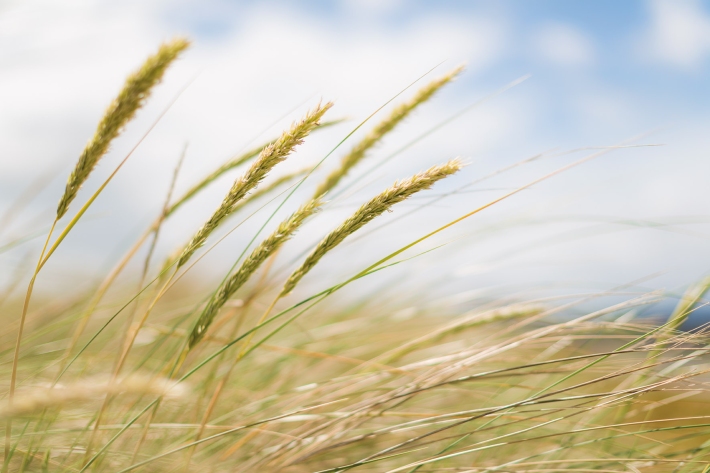
Products and services
A major part of Climate Present and Past is the maintenance of certain data series and providing services. -

Knowledge transfer and reports
Climate Present and Past provides knowledge transfer and reports for external use. -
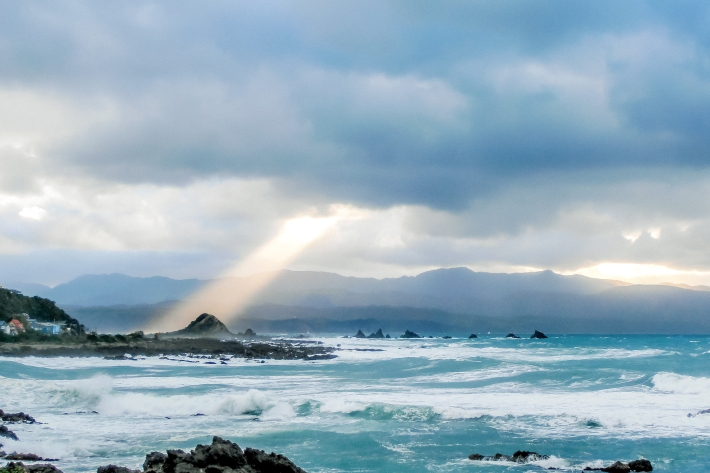
Conference presentations
Conference presentations by people associated with Climate Present and Past, organised by financial year. -
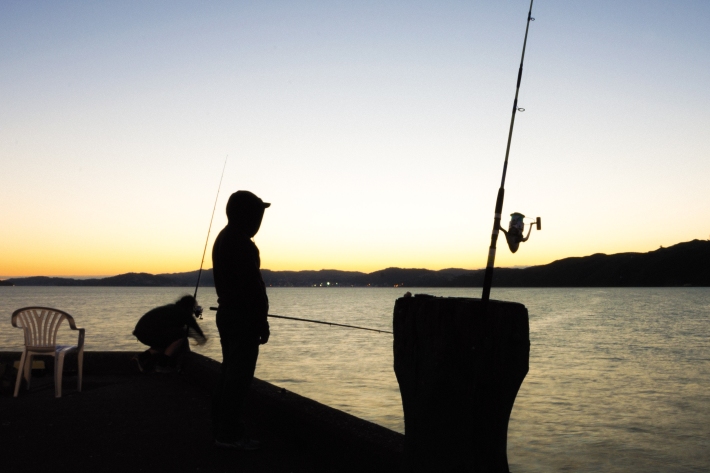
Peer-reviewed publications
A list of peer-reviewed publications under Climate Present and Past, organised by financial year. -
Overview and objectives
Overview and objectives of the Climate Present and Past project.

